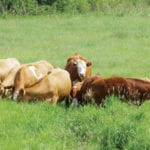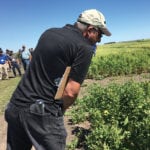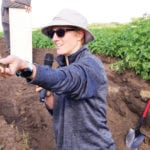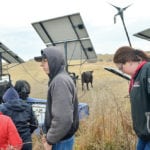
Tag Archives Sustainable agriculture

Doing the math on intercropping
Rocket science starts to look easy when farmers delve into the complexity of this system

‘Nutrition farming’ techniques key to Elie farm operation
Alex Boersch sees potential in the soil-building approach to make farming more profitable, sustainable and even more fun

Regenerative agriculture gets ready for the spotlight in Brandon
The Manitoba Forage and Grassland Association is gearing up for its regenerative agriculture conference later this month

To the bin or bust: quinoa a risky proposition
Producers find new challenges with the South American transplant

Consider tillage rotation for improved soil management
High-speed, aggressive tillage can erode fields, especially in hilly terrain

Tips for growing ’taters
Growing potatoes requires disturbing the soil, so how does that mesh with soil conservation efforts? According to provincial experts, it can

Made-in-Canada sustainability approach gains support
The ALL initiative is endorsed at the G20 ag ministers' meeting for putting research into fields

Swiss government urges voters to reject more state help for farmers

Can Canada have its cake and eat it too on exports?
There are challenges ahead if Canada wants to meet the Barton Report’s export targets without natural resources picking up the tab

Soybeans raise tillage issues
As the low-residue crop creeps into new areas, new techniques are needed


